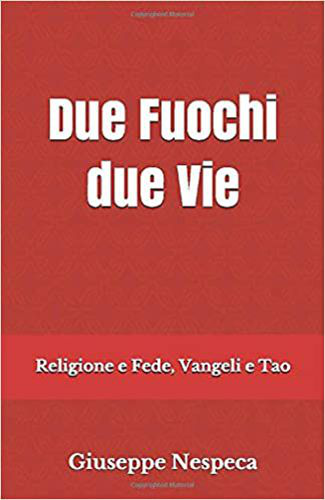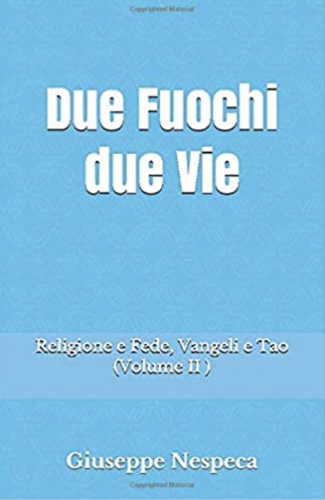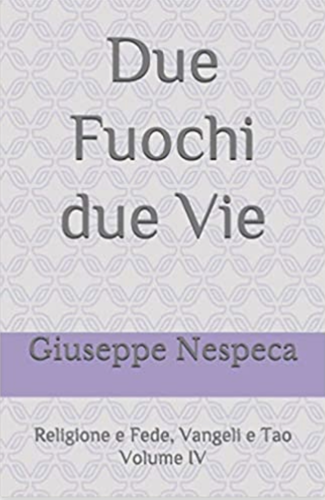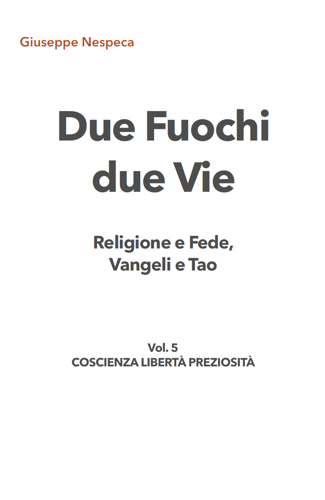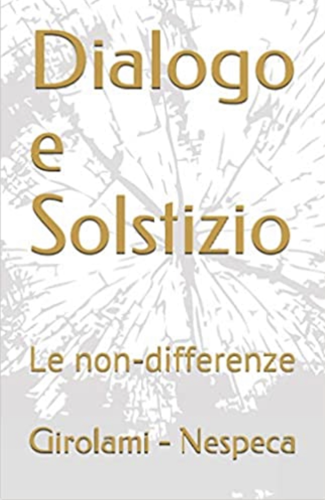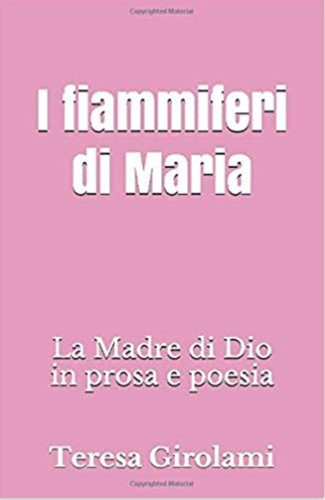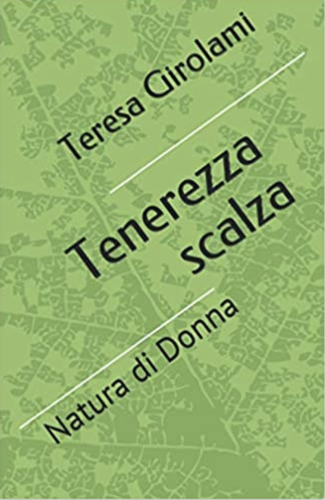The Evangelist Mark reports the following words of Jesus, which are inserted within the debate at that time regarding what is pure and impure: “There is nothing outside a man which by going into him can defile him; but the things which come out of a man are what defile him … What comes out of a man is what defiles a man. For from within, out of the heart of man, come evil thoughts” (Mk 7, 14-15, 20-21). Beyond the immediate question concerning food, we can detect in the reaction of the Pharisees a permanent temptation within man: to situate the origin of evil in an exterior cause. Many modern ideologies deep down have this presupposition: since injustice comes “from outside,” in order for justice to reign, it is sufficient to remove the exterior causes that prevent it being achieved. This way of thinking – Jesus warns – is ingenuous and shortsighted. Injustice, the fruit of evil, does not have exclusively external roots; its origin lies in the human heart, where the seeds are found of a mysterious cooperation with evil. With bitterness the Psalmist recognises this: “Behold, I was brought forth in iniquity, and in sin did my mother conceive me” (Ps 51,7). Indeed, man is weakened by an intense influence, which wounds his capacity to enter into communion with the other. By nature, he is open to sharing freely, but he finds in his being a strange force of gravity that makes him turn in and affirm himself above and against others: this is egoism, the result of original sin. Adam and Eve, seduced by Satan’s lie, snatching the mysterious fruit against the divine command, replaced the logic of trusting in Love with that of suspicion and competition; the logic of receiving and trustfully expecting from the Other with anxiously seizing and doing on one’s own (cf. Gn 3, 1-6), experiencing, as a consequence, a sense of disquiet and uncertainty. How can man free himself from this selfish influence and open himself to love?
[Pope Benedict, Message for Lent 2010]





